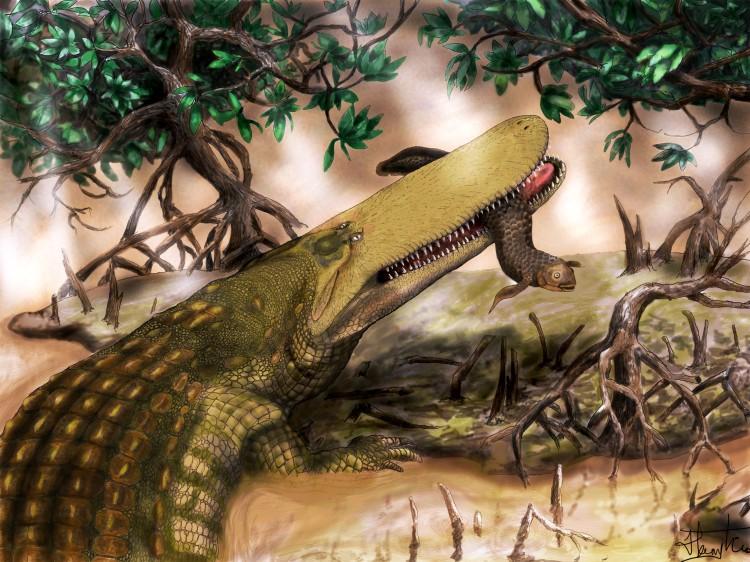‘Shieldcroc’: The Prehistoric Crocodile With a Bump On Its Head
The remains of a new species of ancient crocodilian have been unearthed in Morocco that date back to the Late Cretaceous Period, around 95 million years ago.

MU assistant professor Casey Holliday analyzed a portion of a fossilized crocodile skull to identify a new species, Shieldcroc. Analyzing scarring and ridges on the skull, he identified a thick-skinned “shield” on top of the skull. Casey Holliday/University of Missouri
|Updated:







